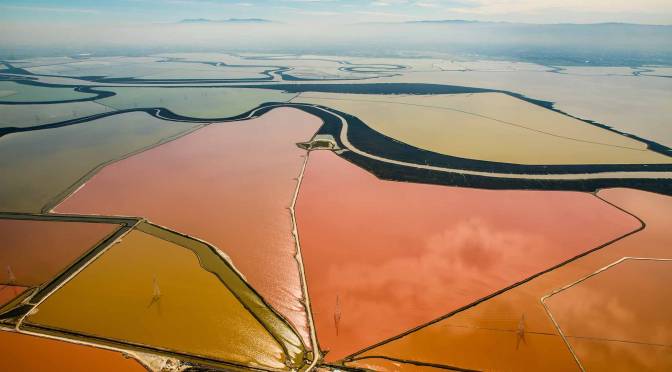Instead, it is something even better. Andrew has baked a sort of two-layer cake out of his grandmother’s life. With an intimate knowledge and seemingly unlimited access to her sons, but lacking the fire of a direct relationship with her, he layers Neel’s personal and private selves together. On one level of the film, numerous culturati — including Robert Storr, Chuck Close, Marlene Dumas, and Linda Nochlin — chatter about Alice Neel’s work and her impact. Their dialogue is full of love and admiration (except for Alex Katz who reveals more about himself than about Neel when he calls her an “angry housewife.”)
For the foundation of the movie, Andrew talks to his father, Hartley, and his uncle, Hartley’s half-brother, Richard. Though Alice gave them as much as she could (Hartley is a doctor, Richard a lawyer), waves of resentment pour forth. Hartley is full of anger, often talking down to his son. Richard ebbs emotional damage.
In much of the archival footage, Alice comes off as tremendously self-absorbed. But what makes her portraits so fantastically moving is the way she has observed her sitter, both inside and out. Neel certainly had her eye on the real world. So the question arises, did she consciously know that she was putting her children through hell?
At a time when it was still immoral to be a single mother, Neel did not marry the dads of either of her boys. Richard was born first, fathered by a Puerto Rican nightclub singer. Hartley’s father was Sam Boyd, a white documentary filmmaker, who abused Richard, physically and emotionally. Alice looked the other way because Boyd was supportive of her art. Andrew didn’t need to dig deep to bring the horrors of having a boho mom to light.
While offering an honest and troubling look at the life of a single mom with ambitions for more, the film gets a little fuzzy when it comes to its accounting of Alice’s career. Andrew suggests that his grandmother was off the map of New York’s rather insular art world. The truth is, Neel was always a part of the art world. In the ’60s, she showed in numerous New York galleries, as well as the Maxwell Gallery in San Francisco, and was even reviewed by Newsweek. In the early 1970s, her portraits (like that of Kate Millett) were well-known enough to be used as cover art for Time magazine. Neel even painted a number of Warhol’s superstars and the White-wigged Knight himself in 1970.
By the mid-70s, the institutional art world (i.e. museums) had been sufficiently bombarded by feminists to begin opening their doors to women, and in came Alice. In 1974, she was the subject of a retrospective at the Whitney, which Andrew would have you believe came out of nowhere. The success that followed included a visit to The Tonight Show, NEA grants and more gallery shows. Another retrospective at the Whitney in 2000 buttressed the fruits of her seven-decade struggle.
Andrew’s mother Ginny finally asks the question that is central to the film “If Alice hadn’t made it, would it have been worth the cost?”
For most of her life, Alice lived at poverty level or below. Raising her boys on relief, in miserable ghetto apartments. When she could come up with any extra money it always went for her paint and canvases. Mid-way through the movie, Richard says, with an edge of bitterness, that he would not wish the bohemian life on anybody. Yet, liked the kicked dog that keeps coming back, Richard still maintains Alice’s last apartment as a place to get in touch with the spirit of his mother. The horrible irony is that, yes Alice was eventually able to enjoy the fruits of her labor (the first Whitney exhibition happened when she was 74), but by then Hartley and Richard had become full formed adult professionals, having missed out on the stability that acclaim offered.
After all, even though Hartley and Richard suffered right alongside their mother, the label beside the painting in the museum only says Alice Neel.
Alice Neel opens January 25, 2008 at the Roxie Film Center.


